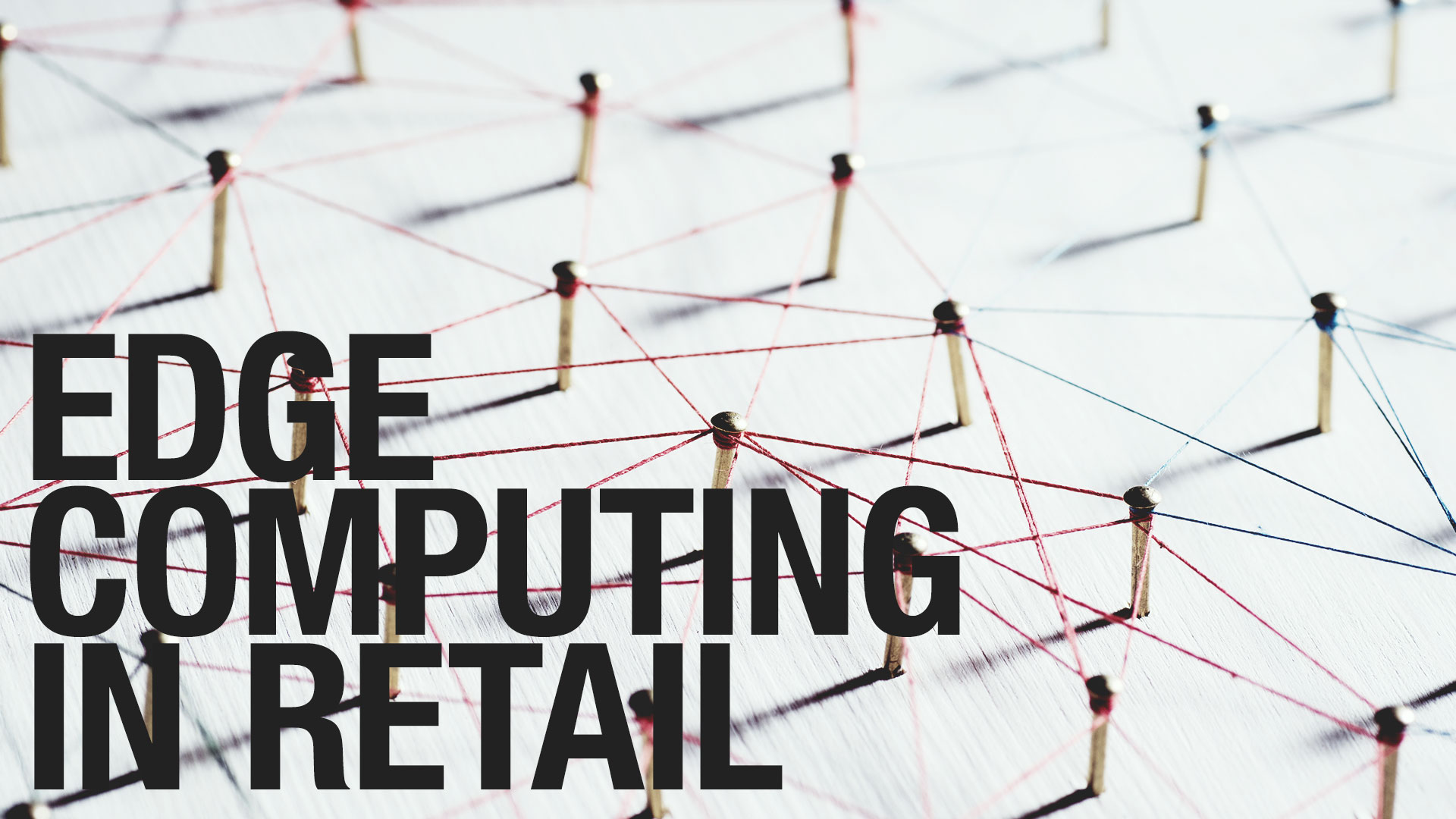As EDGE computing matures, we will see a broad adoption in retail – actually I’d go as far to say that it is simply inevitably. And here’s why.
In times, where timing is everything, businesses cannot afford to miss opportunities to communicate with customers at the right time. Imagine a customer passing your shop. With current cloud based systems, it may take several seconds before your message reaches your customer. This might not sound much, but this little message delay is all it takes that a customer foregoes your offer, because she already went to another place or shop. It doesn’t take much to imagine a customer thinking upon receiving a message that doesn’t fit her time-context: “What? Now I get this message?”.
So, where does this message delay, i.e. latency, comes from?
First of all, there is the time a message (or in more abstract terms a signal) needs to travel from the location of the user (e.g., her smartphone/wearable) to your services that are hosted in the cloud. This latency depends on a variety of factors (it is mostly about the network speed and bandwidth), but typically you can expect something between two and three seconds. Of course, the message also needs to travel all the way back – doubling the latency to four (six) seconds.
And there is of course the issue of doing some work in the cloud for generating the message. However, in comparison with the amount of time that a messaged needs to travel, we might just assume this is zero.
So what happens in six seconds? In six seconds the customer is already on the escalator to another floor in a shopping mall, in another shop or might even have left the shopping mall. If your shop happens to be on a shopping street, she might have just crossed the street and is about to enter another shop.
Put simply: timing is everything.
EDGE computing to the rescue.
In contrast to cloud based systems, EDGE devices are close to the customer because they are directly on the premises. This eliminates the message latency and provides the ability to serve your customer with virtually no message delay. As a consequence you can reach your customer at exactly the right time: a welcome message when a potential customer is just in front of your shop or a message giving a customer a discount when she is looking at items in your shop.
There are additional services that benefit from EDGE computing and improve the customer experience. One of them is self checkout with self payment: customers expect to happen this in a snap, a cloud based solution that takes several seconds for the payment won’t cut it – again it’s not hard to imagine a customer thinking: “Why should I do this? It takes as long as with the normal checkout counter – where is the benefit in that?”.
Of course, since EDGE computing is a relatively new technology and not as mature as cloud based systems (especially in retail) there are obstacles (hardware and software) to overcome. This is going to change and I’m expecting more and more businesses to join the EDGE computing (r)evolution.
[1] SOLOMON
[2] SOLOMON – ITEA Project Page
[3] SOLOMON Linked.in group
[4] Why EDGE Computing is hot
[5] Bridging online and offline
[6] Morawa App
